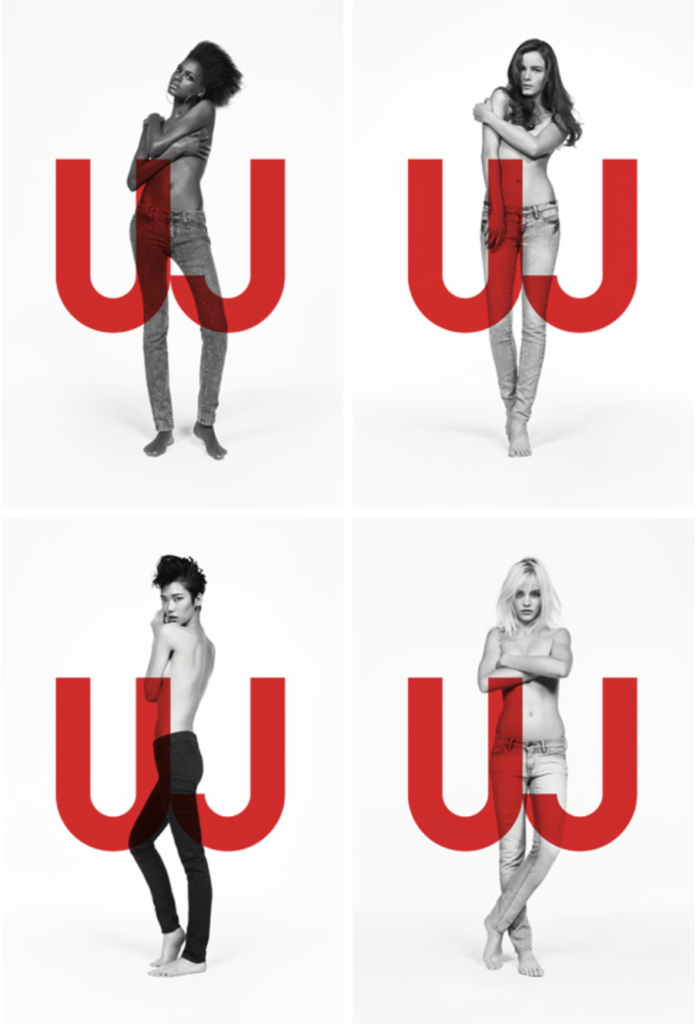Fast fashion originated from Europe in the middle of the last century, which was quick feedback or imitation of fashion show design. Nowadays, fast fashion has evolved into a sales mode that enterprises produce products closely following the latest and simple fashion trend. These products will flow into stores at low prices and focus on mainstream consumers. The most representative brands in “fast fashion” mainly include ZARA, H&M, Uniqlo, GAP, etc. Although these brands have their own characteristics, their marketing strategies are very similar.
Accurate brand positioning
Fast fashion brands are characterized by “fast”. “Fast”, on the one hand, means that the price is affordable. People can quickly own and enjoy the product. On the other hand, it represents the convenience of dressing and getting out of the street soon. By advertising this feature, clothing brands can succeed in consistency and impress people. Uniqlo, for example, emphasizes the comfort and functionality of clothing and the freedom to wear it. The brand maintains a consistent style from product development to promotion. Its products are divided into several types such as casual wear, work clothes, suits, sportswear, and home wear. For clothing, their emphasis on function, material, comfort, and design all contain the same attributes: basic style, easy to match and good-looking. In marketing, its advertisement also always appears in a minimalist form. Models with different skin tones stand in front of a solid color background wearing the product without any accessories.

The launch of special events
As most of the clothes are partial to the basic style, how to stimulate the enthusiasm of customers continuously became a key to fast fashion. The average age of the GAP customer is 39. While shoppers are middle-aged, their purchasing power hasn’t gone away, and they just need to be inspired. GAP has conducted a series of activities to review the people, things and design concepts that are in the early stage of establishment, aiming to deepen consumers’ feelings towards the brand. In 2011, Seth Farbman launched “1969: L.A. and Beyond” on the stage, which recalled the people and things that created the denim fashion at that time and touched people’s hearts. In addition, cooperation with different brands, especially crossover cooperation, can bring freshness to consumers. Uniqlo’s UT collection works with various cartoon and comic brands every few months, like sailor moon and Pokemon. H&M chooses to launch co-branded products with luxury brands each year, such as Moschino and Balmain.

Influencer marketing on social media
With the development of the Internet, increasing people start to use social media, and people spend increasing time using social media. According to the data from Facebook, more than 2.1 billion people use Facebook, Instagram, WhatsApp, or Messenger every day, with an average of 2 hours and 23 minutes spent per day. Social media is a cheap, widespread marketing tool for fast fashion. Influencer marketing is one of the most frequently used marketing methods among social media. Fast fashion brands sponsor fashion bloggers who have a significant influence. These bloggers will post their one-day outfits to attract their followers to buy the same items. Some bloggers also post their fitting room outfits with specific product numbers. Even ZARA this year launched a new Instagram account called @livingzara, which shows wearing style from different fashionable girls every week.

Sources Below:
https://www.whowhatwear.com/living-zara-instagram

6 Responses to Unique Marketing Culture of Fast Fashion Brand